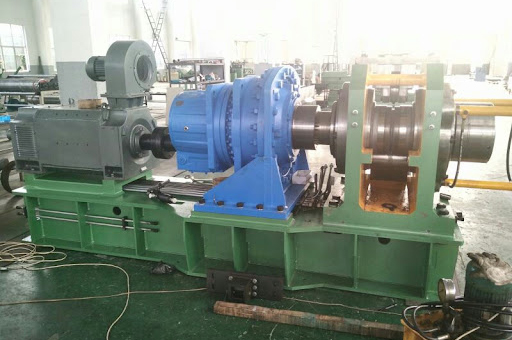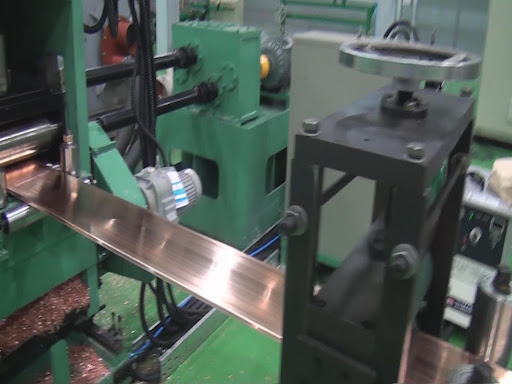Causes and Solutions for Bubbles in Extrusion Products
Bubbles on the surface of conductive copper bars extruded by Conform continuous extruders can significantly affect product quality. To investigate this issue, we applied the "fishbone diagram" quality management tool, analyzing the key elements of the continuous extrusion process: people, machines, materials, methods, and environment. Based on this analysis, we propose practical improvement measures to reduce and prevent bubble defects, ensuring improved product quality.
What is Continuous Extrusion Technology?
Continuous extrusion is a highly efficient pressure processing method that converts frictional force into deformation-driving force, while heat generated from metal plastic deformation provides the heating source for the billet. This process offers multiple advantages, such as a short manufacturing time, low cost, excellent quality, high efficiency, and energy savings. It has become a vital technology in copper processing, enabling continuous automation and improving production efficiency.
Main Causes of Bubble Defects
Bubble defects in extruded copper bars can occur during the extrusion or annealing processes. These defects cause surface damage, leading to scratches during further processing. Internal bubbles may cause cracks during bending, which impacts product quality and makes the copper bars unsuitable for industrial use.
One key factor contributing to bubble formation is the high gas content in the copper rods. During continuous casting, the copper melt can become supersaturated with gas, forming pores that develop into bubbles when the copper is later annealed. Additionally, surface contamination or oxidation on the copper rods before extrusion can also lead to bubble defects. If the copper rods are exposed to dust or oxidized during transportation or storage, it increases the likelihood of bubbles in the final product.
Another factor is improper handling. Dust, oil, or scratches introduced during handling can cause surface defects in the copper rods, leading to bubbles in the final extruded product. Moreover, leakage in the cooling system of the extrusion wheel can stain the copper rods, contributing to bubble formation. Issues with the extrusion wheel groove, such as missing copper-clad areas or poor maintenance, can also trap gas, causing bubbles in the final product. Lastly, insufficient operator training or low quality awareness can lead to unaddressed problems during the extrusion process, resulting in defective products.
Measures to Prevent Bubble Formation
To address these causes, several control measures are recommended. Smelting temperatures should be carefully controlled to minimize gas content in the copper melt. Lower smelting temperatures help reduce H₂ and O₂ levels, which are responsible for bubble formation. Copper rods should also be cleaned thoroughly to remove contaminants like dust and oil before extrusion to avoid surface defects.
Regular maintenance of the extrusion wheel and conveying devices is crucial to prevent damage to the copper rods. The cooling water system must be monitored to avoid leaks, which can stain the copper rods. The copper-clad areas of the extrusion wheel groove should be kept smooth and properly scraped to prevent gas from becoming trapped, which can cause bubbles. Additionally, operators should undergo regular training to ensure they understand quality control procedures and can identify potential defects early in the production process.
Verification of Causes and Solutions
These control measures were verified through tracking and testing. Copper rods with high gas content were found to develop bubble defects after high-temperature annealing. Contamination and improper handling also contributed to surface defects. Further checks confirmed that issues like cooling water leakage and extrusion wheel groove defects played significant roles in bubble formation.
Conclusion: Reducing Bubble Defects
The primary causes of bubble defects in continuous extrusion products include high gas content in copper rods, surface contamination, improper handling, equipment defects, and insufficient operator training. By addressing these factors with targeted control measures, we can significantly reduce bubble defects, ensuring the production of high-quality copper bars that meet industry standards.
Welcome to Order from Us
We are committed to providing top-quality extrusion products and services. If you’re looking to enhance your copper processing capabilities, contact us today to place your order.




